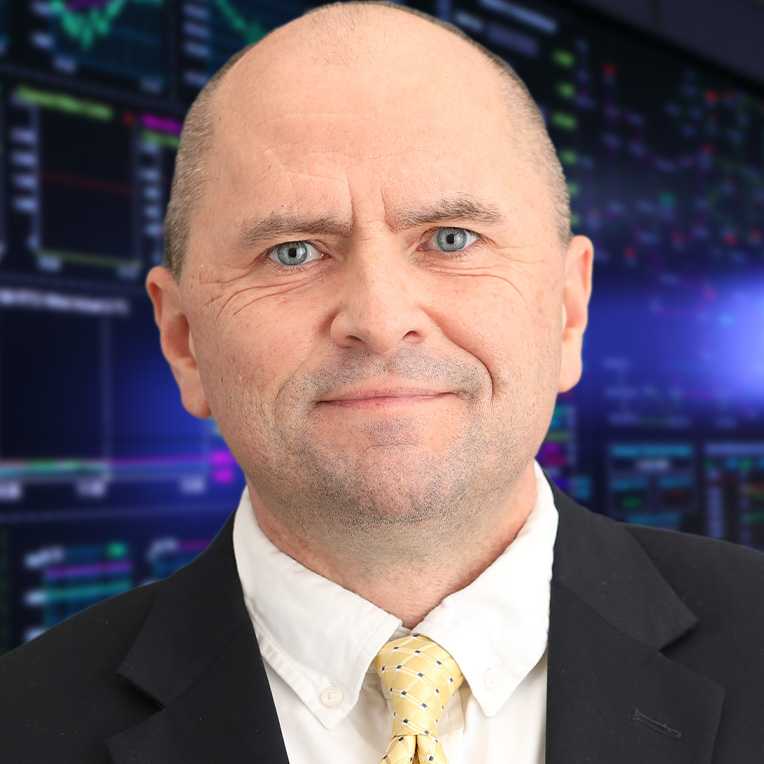
THE GRID
PJM worked to facilitate decarbonization policies reliably and cost-effectively. In 2021, PJM’s General Session focused on the intersection of reliability and decarbonization, drawing perspectives from NERC President and CEO James Robb. The industry’s “3-D transformation,” Robb said, “features decarbonization, distributed resources and digitization.”
As state and federal policymakers respond to increasing consumer preferences for decarbonized generation resources, our generation interconnection queue has followed suit. More than 95% of the generation resources lining up in the PJM interconnection queue are solar, wind, storage or a hybrid combination of variable renewables. Beyond traditional industry practices, which shore up capacity to meet the needs of the grid, resource flexibility is also growing in importance. As more variable resources come onto the system, the role of balancing power systems becomes ever more critical.
“This change is happening now. It’s not a theoretical, distant thing. I only expect these trends to accelerate over time.”
Manu Asthana, President & CEO
Independent Insight: Reliability and Renewable Integration
To offer expert, independent insight into the forces at work in the electricity industry, PJM’s white paper, “Reliability in PJM: Today and Tomorrow,” documented:
- What measures are required for PJM grid operators to maintain reliability every day
- What PJM specifically does to ensure reliability
- How PJM is preparing for the future while meeting the challenges of the changing grid
The white paper also outlined four building blocks of reliability:
Adequate
Supply
Accurate
Forecasting
Robust
Transmission
Reliable
Operations
Reliability: What It Takes
PJM remains focused on maintaining essential reliability services. To ensure continued reliability for our rapidly changing grid, PJM anticipates the following trends:
- Continuing market evolution
- Increasing Installed Reserve Margins
- Decreasing energy market prices as wind and solar produce electricity at or near zero cost
- Requiring flexible generation with responsive ramping capability
- Increasing interdependency between regions for backup power across seams
Thoughtful, collaborative consideration of these forces is required now and in the future, as inverter-based, renewable resources emerge as key players within the generation resource mix.
“Resilience is critical, and it takes deliberate effort.”
Manu Asthana, President & CEO
How PJM Helps Facilitate State and Federal Policy
PJM works closely with state and federal policymakers to help inform important policy discussions.
PJM has significant interaction in Washington, D.C., working to communicate PJM’s mission with FERC, U.S. Department of Energy, Congress and a host of other policymakers.
PJM serves as a resource for the diverse states in the PJM footprint, providing information, data and analysis to help inform and implement the evolving state policy landscape. PJM was engaged with state and federal policy matters throughout 2021, providing testimony, information and analysis on state and federal policy endeavors.

“PJM seeks to be an independent and trusted source of information for policymakers and utilizes expertise to advance policy in a reliable and cost-effective manner.”